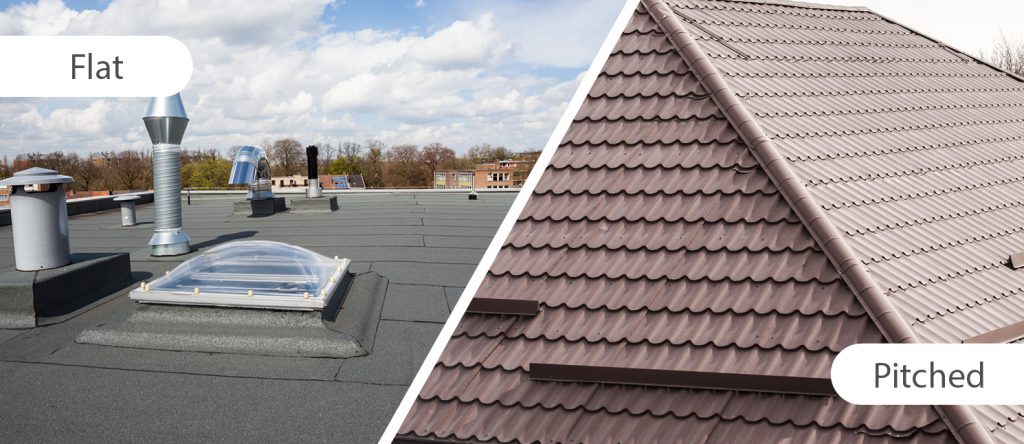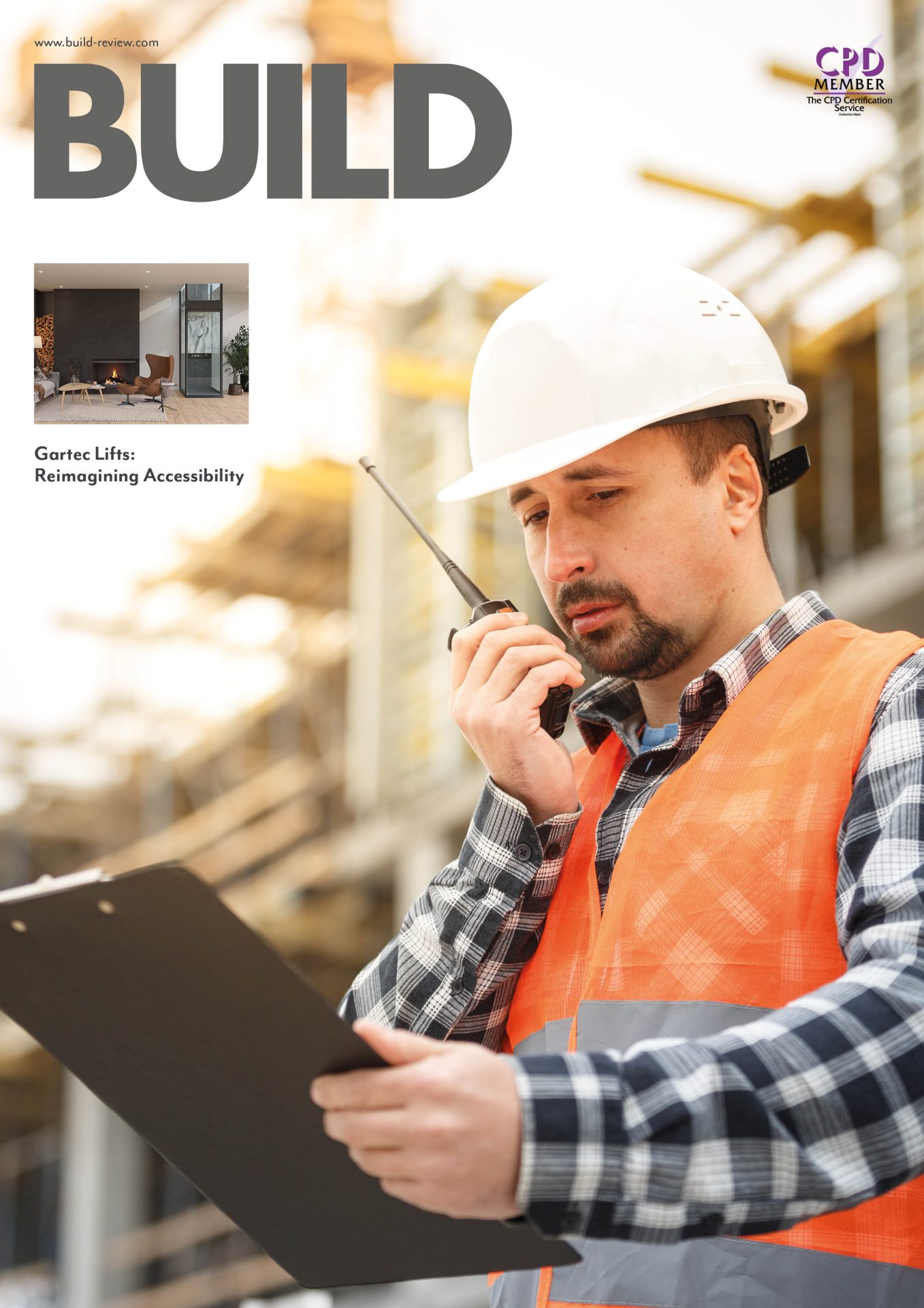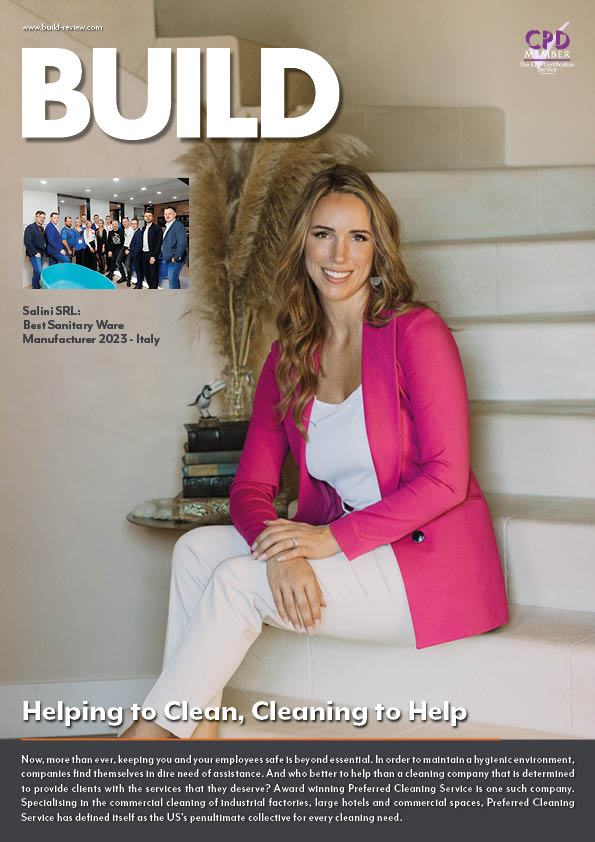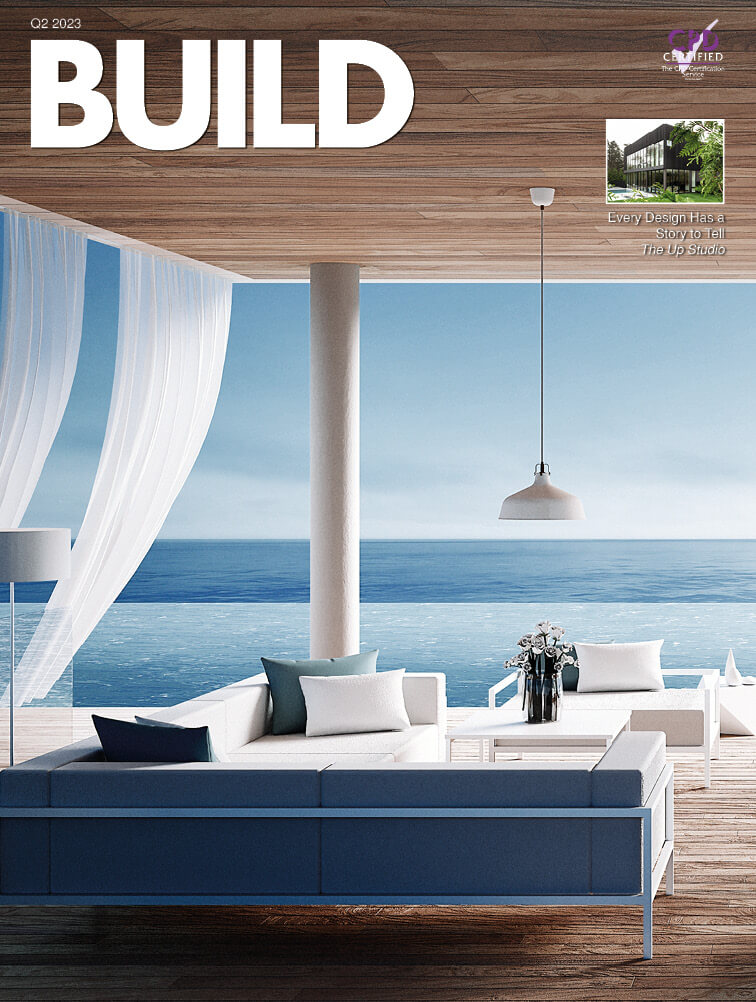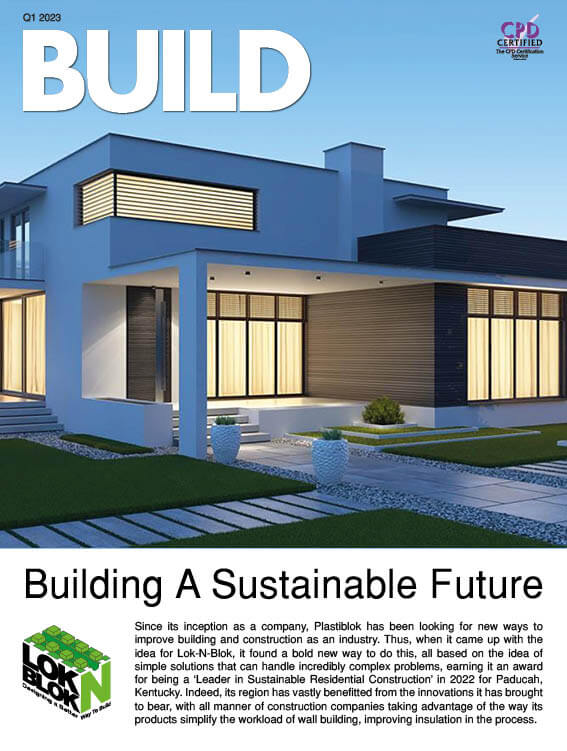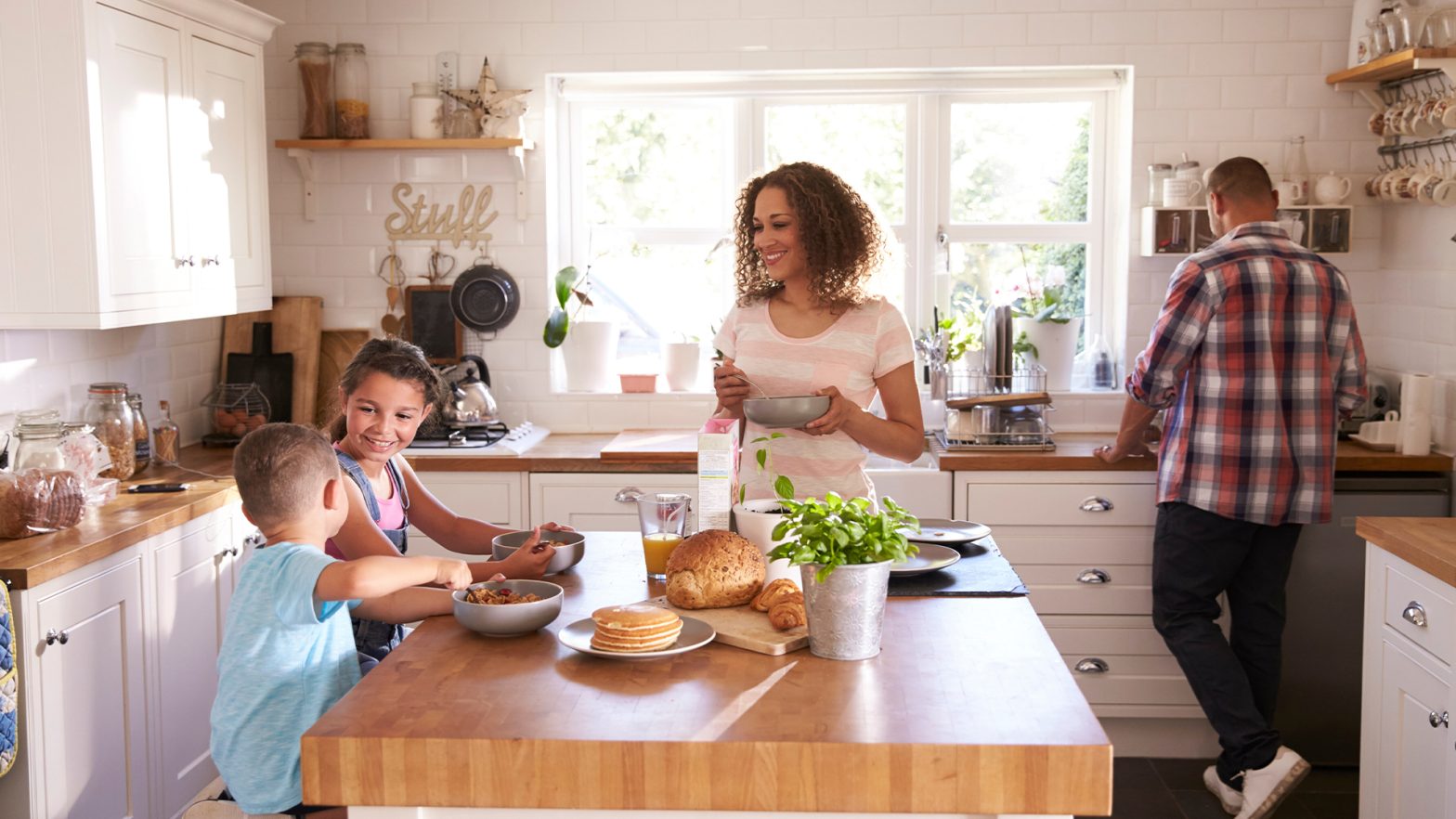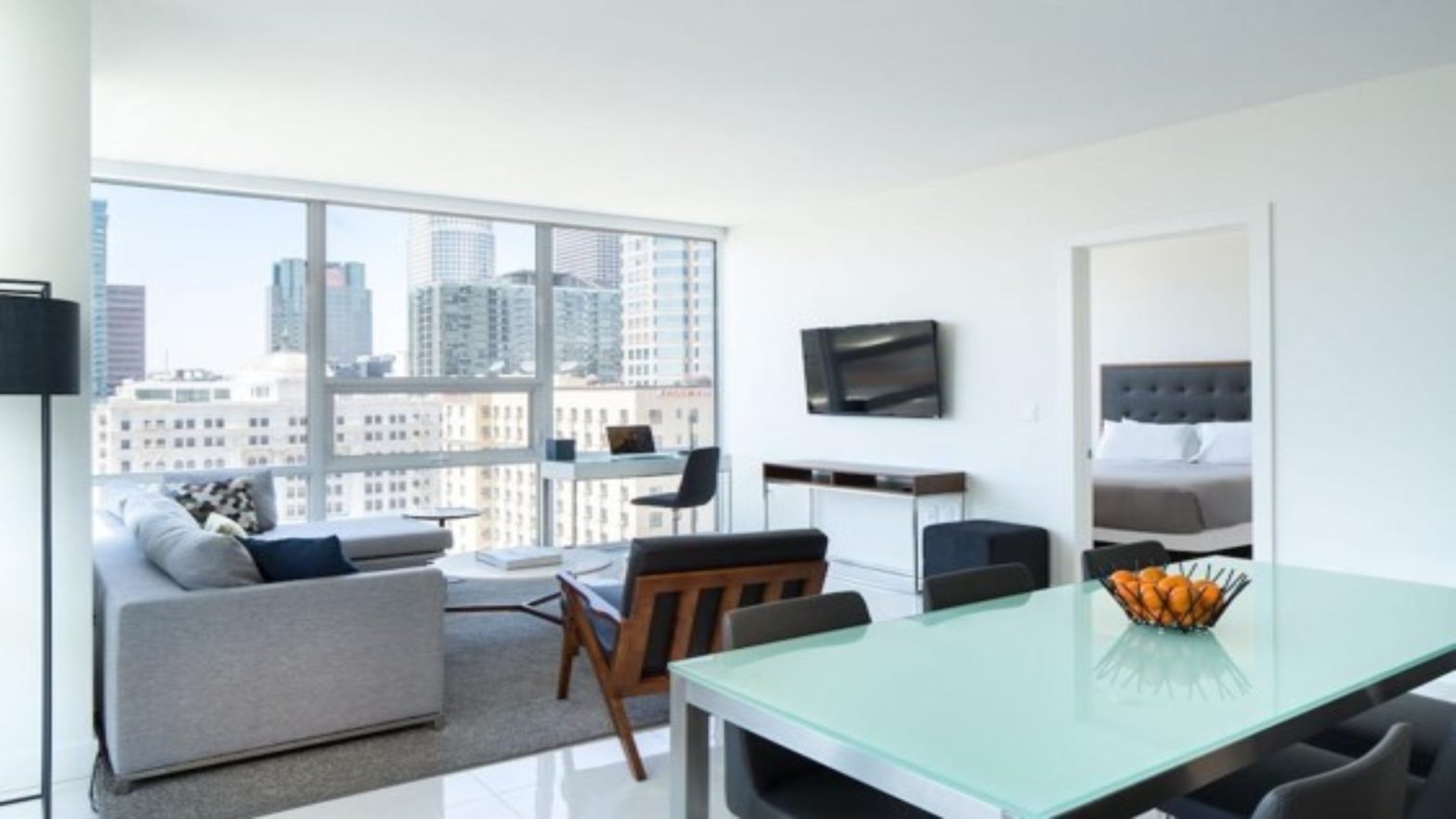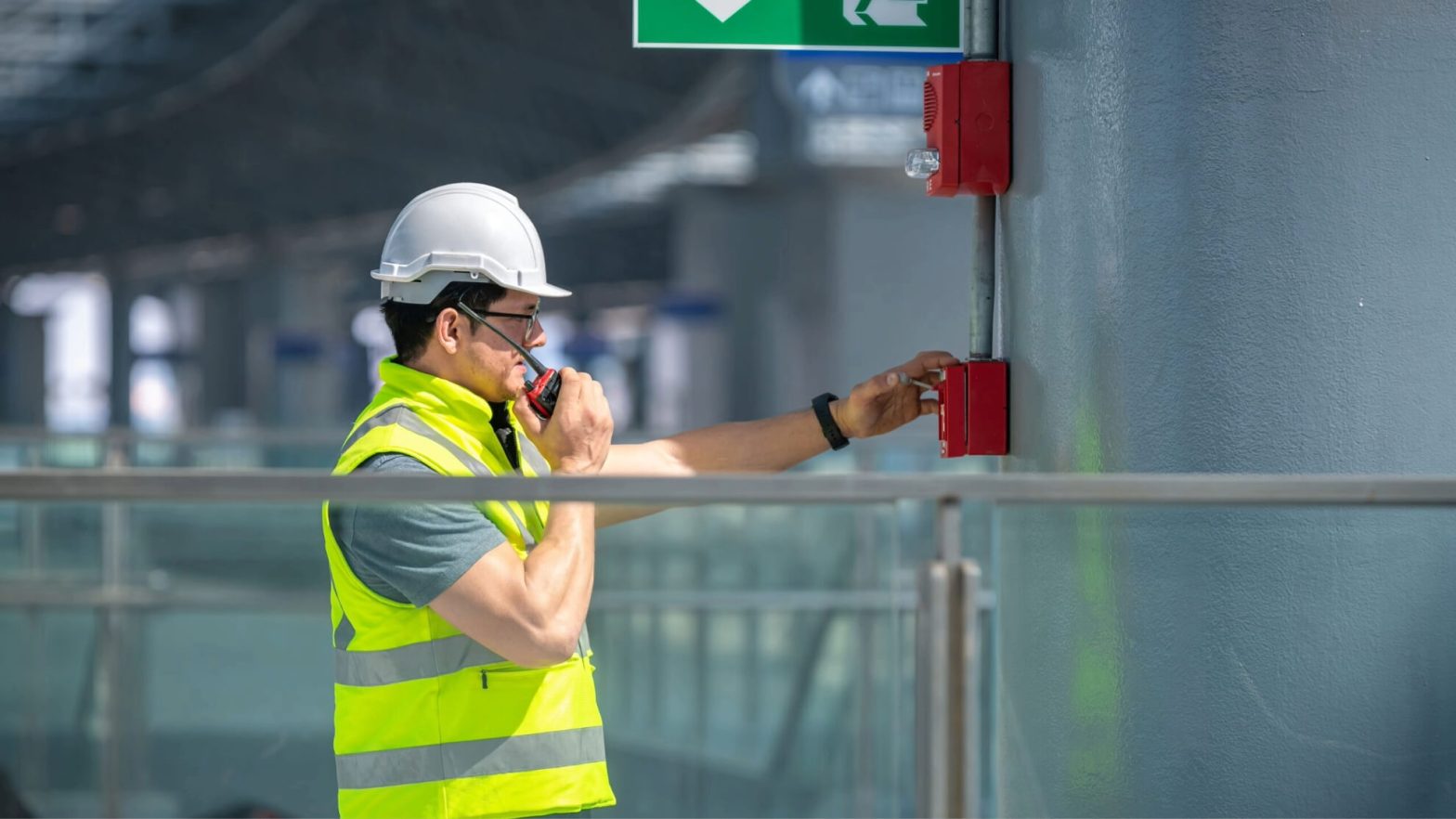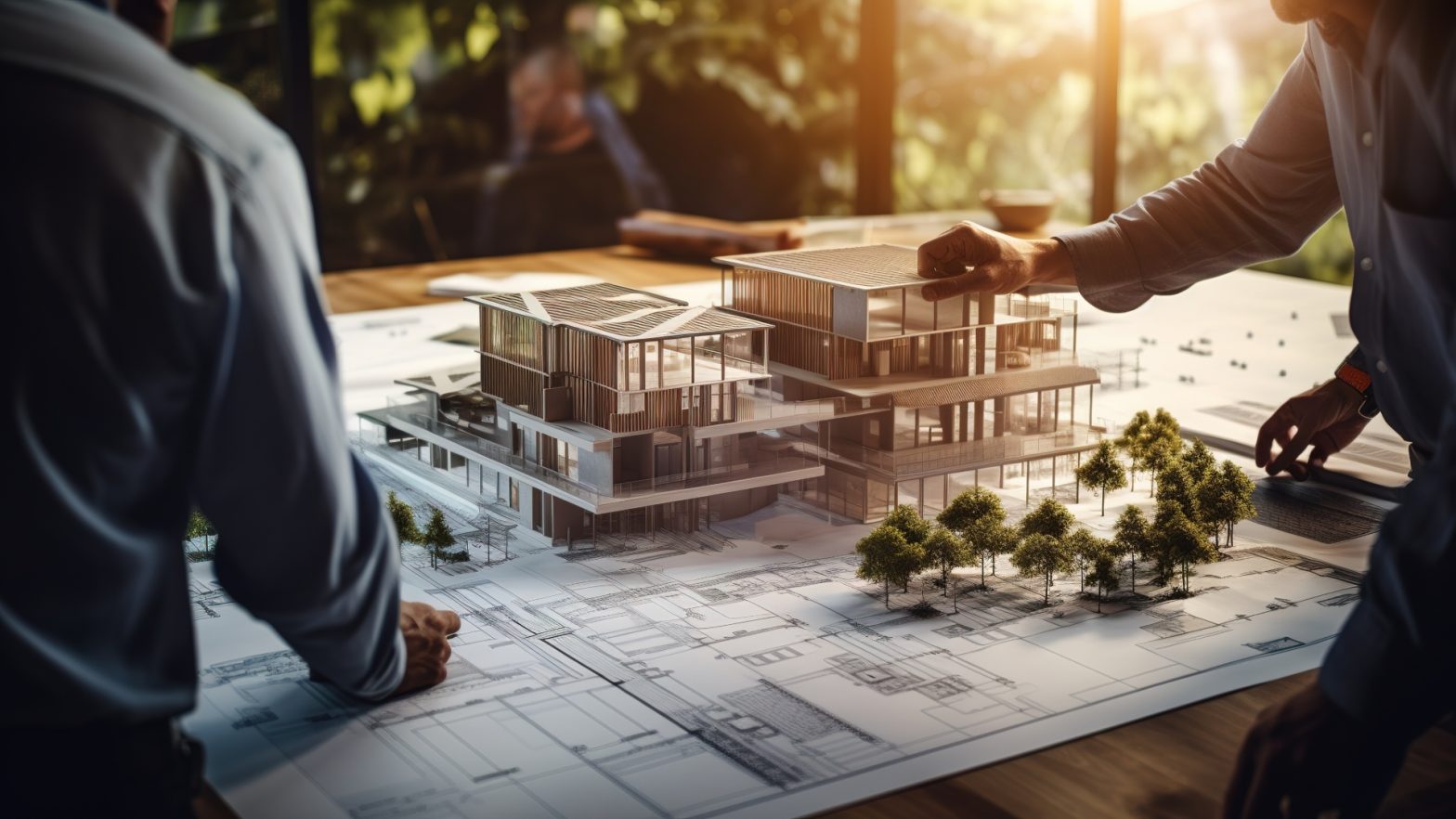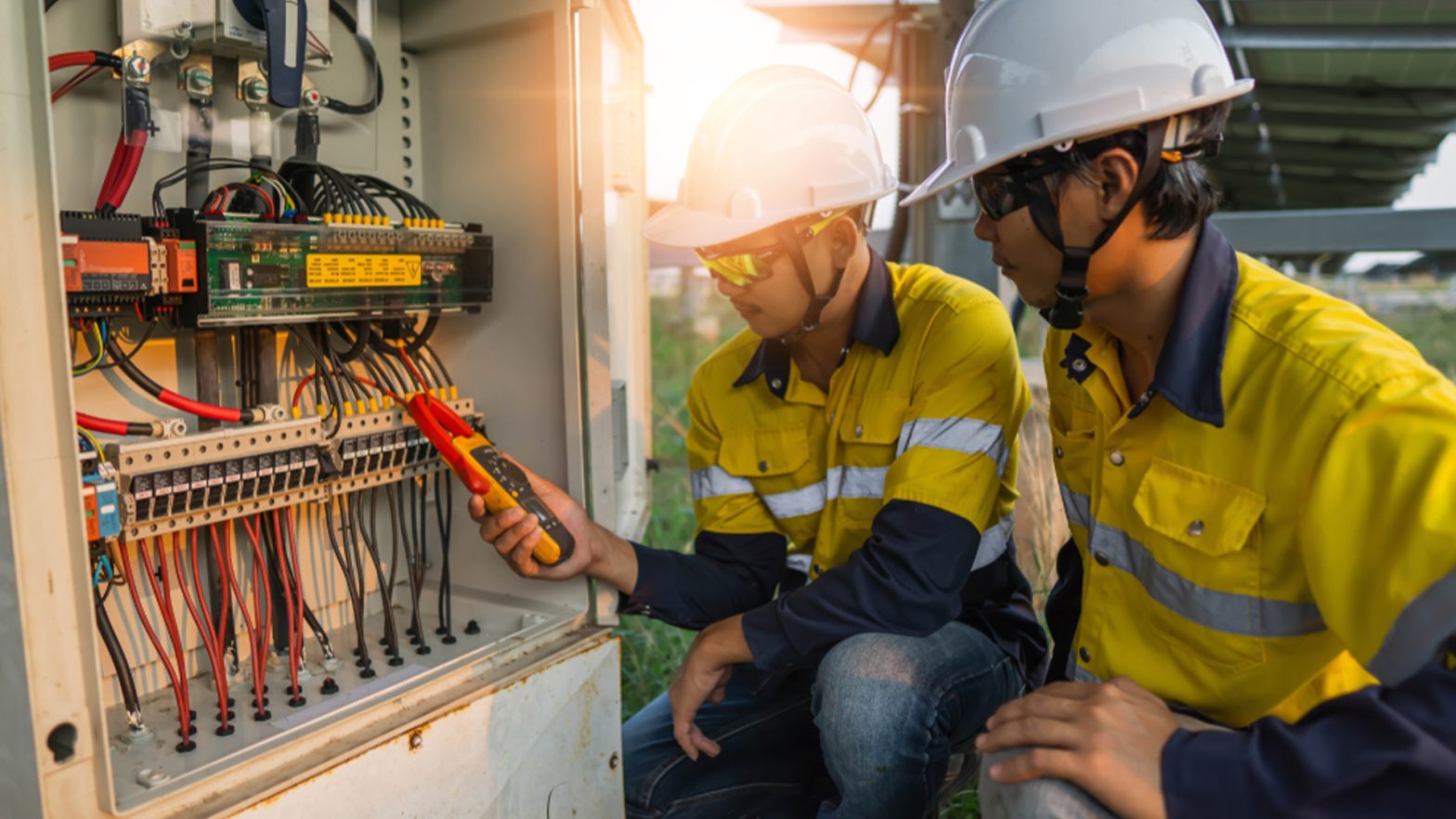Choosing the right roof for your home is a significant decision, and two popular options are flat roofs and pitched roofs, each with its own unique benefits and drawbacks. In this guide, we’ll explore the pros and cons of both flat and pitched roofs to help you make an informed decision.
What are Flat Roofs?
Flat roofs are a type of roof that is level or almost level in contrast to the more traditional pitched roofs. This design is commonly used in commercial buildings and modern residential homes.
Pros of Flat Roofs
1. Easy to Install
Flat roofs are easier and quicker to install than pitched roofs due to their simple design. This means that they generally require less labour and fewer materials, which can make them a more cost-effective option.
2. Easy Maintenance
Flat roofs are easier to access and maintain than pitched roofs, which can be challenging to reach in certain areas. With flat roofs, it’s easier to inspect, clean, and repair the roof, which can save you time and money over the life of the roof.
3. More Space for Solar Panels and Rooftop Gardens
Flat roofs offer more space for solar panels and rooftop gardens than pitched roofs, which can be useful for reducing your energy costs and increasing your home’s sustainability.
Cons of Flat Roofs
1. Poor Drainage
One of the most significant drawbacks of a flat roof is poor drainage. Flat roofs tend to collect water, which can lead to leaks and water damage over time. Proper drainage systems must be installed to prevent this issue.
2. Shorter Lifespan
Flat roofs have a shorter lifespan than pitched roofs due to their poor drainage and susceptibility to water damage. Without proper maintenance and drainage, a flat roof can begin to deteriorate and require repairs or replacement within a shorter time frame.
3. Less Insulation
Flat roofs tend to have less insulation than pitched roofs, which can lead to higher energy costs and reduced comfort levels in your home.
What are Pitched Roofs?
Pitched roofs are sloping roofs that have two or more sections that slope in opposite directions. This type of roof is commonly used in residential buildings and offers a range of benefits over flat roofs. Banks Roofing Surrey & Hampshire, a trusted roofing company in the UK, has roofers in Woking regularly installing pitched roofs and advises, “although they are more expensive, pitched roofs offer a far better return on investment in most cases”.
Pros of Pitched Roofs
1. Aesthetic Appeal
Pitched roofs are a popular choice for homeowners due to their aesthetic appeal. They can give a home a traditional, classic look, and they come in a variety of materials, colours, and designs to suit any style.
2. Better Drainage
Pitched roofs are designed to channel rainwater away from the roof, preventing pooling and potential water damage to the structure of your home.
3. Longer Lifespan
Pitched roofs generally have a longer lifespan than flat roofs, thanks to their sturdier design and better drainage. With proper maintenance, a pitched roof can last for decades.
Cons of Pitched Roofs
1. Higher Cost
Pitched roofs can be more expensive to install than flat roofs, due to the additional materials and labor required.
2. More Maintenance
Pitched roofs require more maintenance than flat roofs, due to the need to keep the gutters and valleys clean and free of debris.
3. More Challenging Installation
Pitched roofs require more skill and experience to install than flat roofs, which can increase the cost and potential for errors during installation.
Conclusion
When it comes to choosing between a flat roof and a pitched roof, you should consider your priorities, such as cost, durability, and aesthetics. It’s also important to think about the climate in your area, as certain types of roofs may perform better in specific weather conditions. Ultimately, the decision comes down to your personal preferences and needs.
